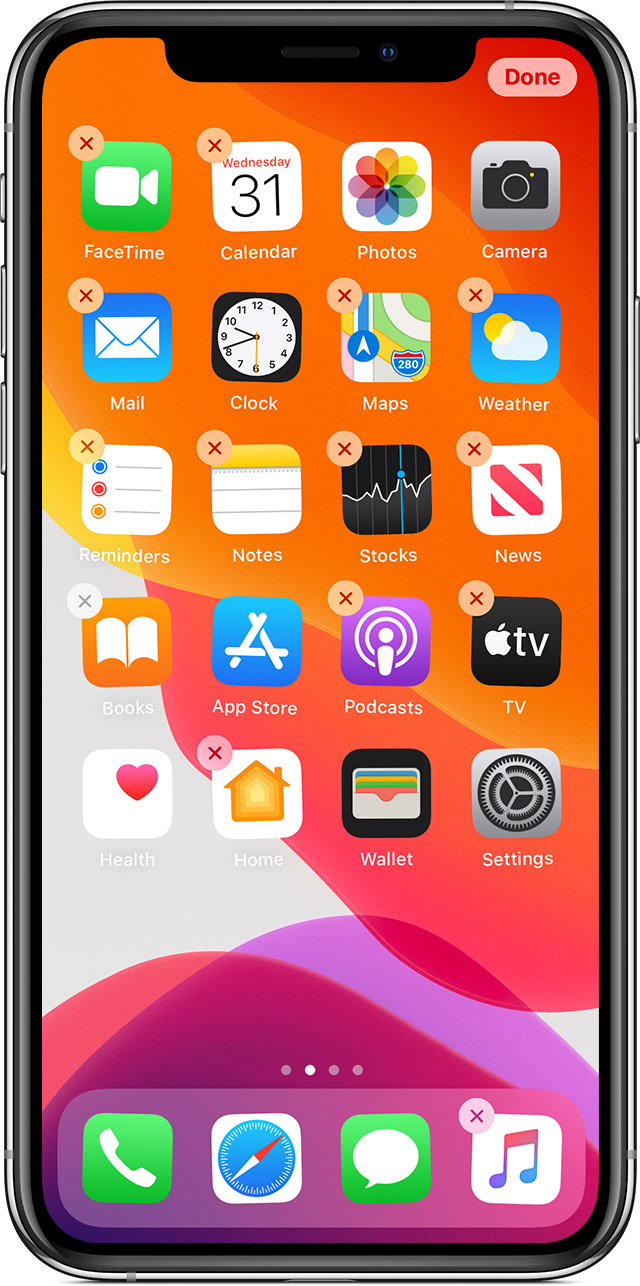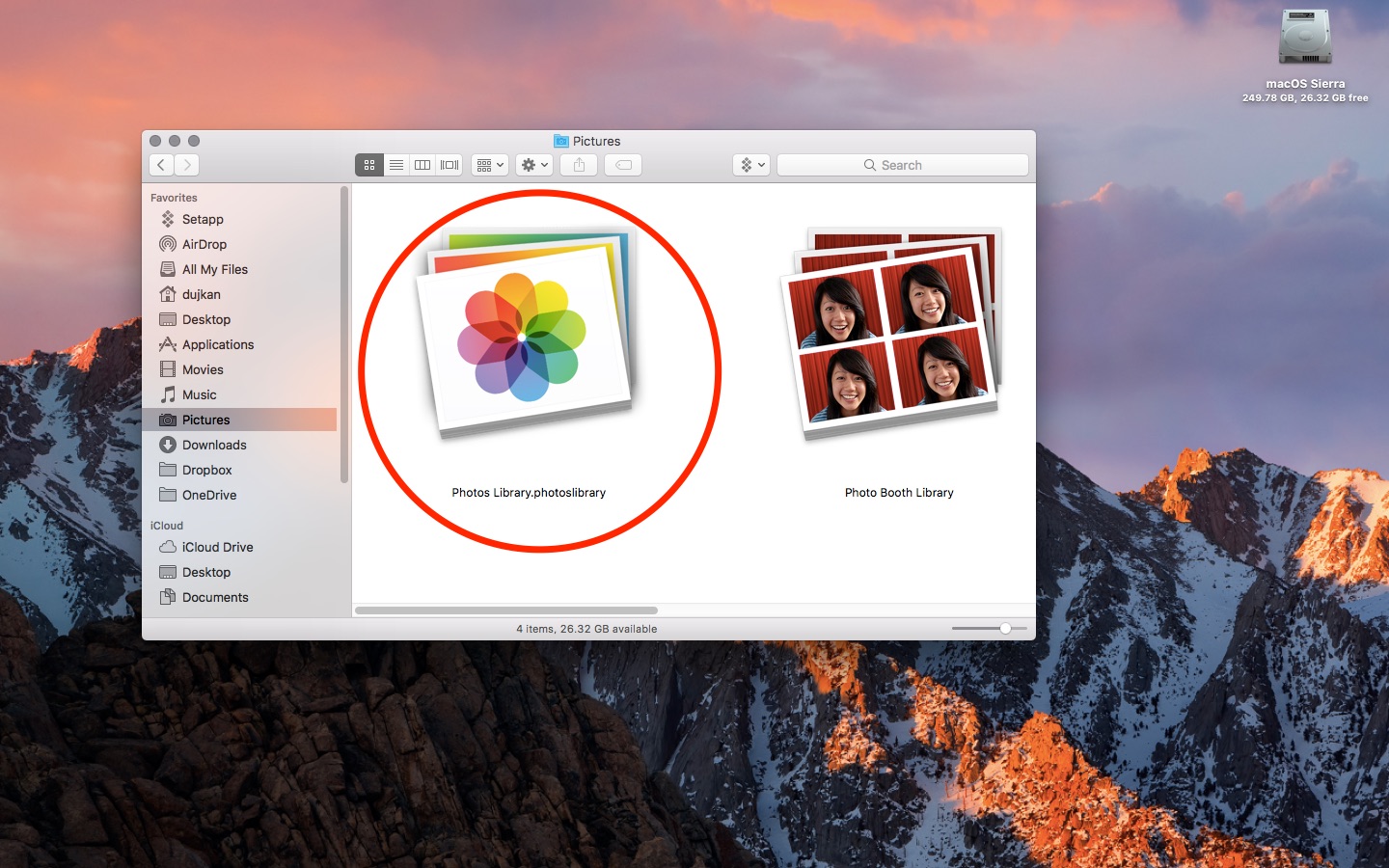- What Is The Phoneview Folder Application Support Library Macon Ga
- What Is The Phoneview Folder Application Support Library Mac Download
- What Is The Phone View Folder Application Support Library Mac Os
- What Is The Phone View Folder Application Support Library Mac Download
Just backup the 'Backup' folder. HD User Library Application Support MobileSync Backup Also, you can access and remove files for backup with PhoneView. MacOSG Founder/Ambassador An Apple User Group iTunes: MacOSG Podcast Creator of 'Mac611 - Mobile Mac Support' (designed exclusively for an iPhone/iPod touch). Step 2: Find the Backup Folder. After the backup is complete, you'll need to find the folder where the iPhone backup is stored. Press and hold down the Option key. Click Go in the menu bar. Select Library. Go to Application Support- MobileSync- Backup. All of your iTunes backups will be in the Backup folder. Reader Amy Campbell has all the right reasons for extracting data from an iPhone. She writes: A Mac-using relative recently passed away, and there are some SMS and voicemail messages on her phone. Jun 15, 2016 The Review: PhoneView 2.12.1 Full Version is very useful desktop utility software which help you to manage your files on your iPad, iPhone or iPod touch in a breeze. You can view, save and print all of your iPhone and iPad messages, Whats-app messages, voicemail and any other data directly on your Mac with this easy to use application. PhoneView Support. Transferring PhoneView Archives to a Different Mac. To transfer archives to a different Mac, transfer the folder located at. /Library/Application Support/PhoneView In OS X 10.7 or newer the Library folder is hidden. To open it, choose 'Go To Folder.' From the Finder's 'Go' menu, and enter: /Library and then press the. Get access to your entire library of movies and photos. Even Photo Stream items and photos synced from iTunes are available. Download music, videos and podcasts from your iOS device with one click or play them on your Mac's speakers. PhoneView also works great with iPad and iPod touch!
“I have been having trouble with my iPhone 6. When I click on the Photos tab, all my photos and videos are missing. The iPhone tries to restore them but then crashes before it can restore all of them and then starts again. I haven’t delete any of the stuff on my iPhone lately, but this is still frustrating. I can’t even use the camera because the library needs to be restored before I can delete any photos. Does anyone know how to fix this?”
This problem can actually be frustrating and although it seems like a unique one, the reader who sent this question in, is not the only one facing this problem. in this article, we attempt to provide you with solutions that might counter this problem.
Let’s begin with a few simple troubleshooting actions you can take.
1. Try Quick Fixes before Start
Try the following simple quick fixes before attempting any major solution.
Reset Network Settings
Go to Settings > General > Reset> Reset Network Settings to reset your network settings. It is likely that you are unable to restore the photos because of a network issue.
Download the Latest iOS Updates
Update your device to the latest iOS by going to Settings > General > Software Update. If there is an update available, tap “Install.”
Turn off Mobile Data/ Turn on Airplane Mode
Turning off Mobile data or turning on Airplane Mode while attempting to import files is also one of the ways you can fix this problem. You can also change the Wi-Fi connection you are using.
Reset All Settings
This action should be a last resort, but it does help get rid of some of the system bugs that may be causing the issue. By resetting your settings, you will be erasing the data and settings on your device. So, ensure that you have a backup of your device before you do this. To Reset all Settings, go to Settings > General > Reset> Erase all Contents and Settings.
2. Check If You Have an Backup
It is important to check if you have an iTunes or iCloud backup of the photos that keep disappearing. The following text will show you how to check the date of the latest backup that you made. If you have made a backup before, you can simply restore your iPhone from an iTunes backup or iCloud backup by following this tutorial.
Check the Date of the iTunes Backup on Windows or Mac
Launch iTunes and click “iTunes” in the menu bar. Choose Preferences. Click “Devices” and then you can see a list of device backups and the date.
Itunes library on synology nas mac terminal. Do you know why this is by chance?

To find the list of your iTunes backups on mac, click on the search icon in the main menu and type in “~/Library/Application Support/MobileSync/Backup/” (without the quotation marks) and then press return.
You can find a list of your iTunes backups in windows by going to Users(username)AppDataRoamingApple ComputerMobileSyncBackup.
You can also enter %appdata% in the search bar, press Enter and then double-click on the folder Apple Computer > MobileSync > Backup.
Check the Date of the iCloud Backup on Device
If you back up your device via iCloud, here’s how you can make sure you have a backup in iCloud.
On your iOS device go to Settings {Your Name} > {Your iPhone} > iCloud Backup. Check the date of the last backup you made.
3. Use PhoneView for Mac
PhoneView is a third-party app that you can use to gain access to and view the photos on your iPhone. It is also useful when you want to save and print photos from your device directly on the Mac. With this tool for Mac only, you can navigate to the folder “Photos > DCIM” and view, save or print the photos on your device to your Mac.
Mar 18, 2020 Follow these steps to use the Photos library repair tool: Hold down the Option and Command keys while you open Photos on your Mac. In the dialog that appears, click Repair to start the repair. Aug 11, 2017 Apple has provided a built-in way to repair your Photos library if you're seeing evidence that something may be wrong with it—if you have images that appear to be missing, for example. In this article, we'll tell you how to go about it (and we'll warn you. Nov 10, 2019 If you can locate and remove the problematic files, you should be able to run the Photos library repair tool to ensure everything is back in order, and go on your merry way. Here are the steps. Jul 26, 2018 Apparently Apple has seen this happen before, because the company has a hidden Photos library repair tool. Here’s how you can use it to fix issues with Photos, including a library refusing to. 
Here’s how to use PhoneView to copy photos from your iPhone to your Mac.
Step 1: Open PhoneView and connect the iPhone to the Mac using USB cables.
What Is The Phoneview Folder Application Support Library Macon Ga
Step 2: select the photos you’d like to copy and then click “Send to iPhoto” and the photos will be copied and sent directly to iPhoto.
What Is The Phoneview Folder Application Support Library Mac Download
4. Use iExplorer for Windows
Windows users can use iExplorer for windows to get their photos out of the iPhone to the Windows computer. Here’s a simple guide to help you do that.
Step 1: Open iExplorer one it has been installed on your device. Connect the iPhone to the computer using USB cables and you should see the “Device Overview Screen.”
Step 2: Click on “Photos & Videos” in the middle panel.
Step 3: To export the photos from your iPhone to your computer, click on “Export” and then choose an option from the popup menu that appears.
What Is The Phone View Folder Application Support Library Mac Os
From here, photos can easily just be dragged from iExplorer directly to your computer.
Bottom line: it is clear that the most effective solution for the problem of disappearing pictures is to transfer them to your computer if you don’t have a backup. Then, you can just delete them from the camera roll and try to restore them back to the device if you need them.